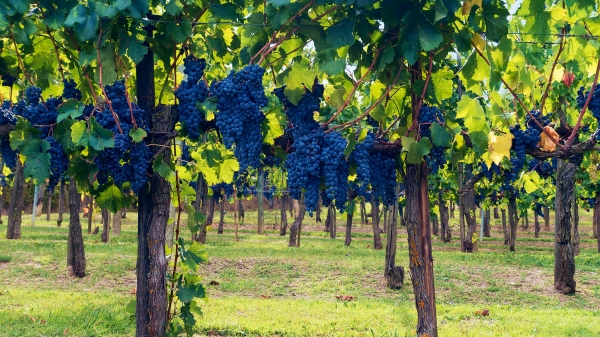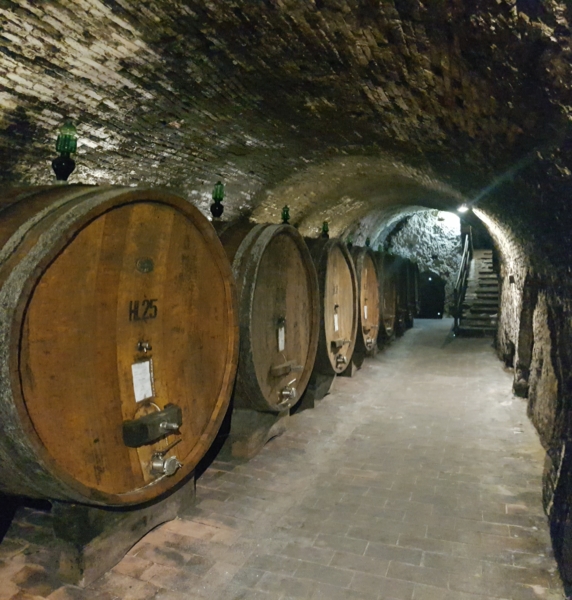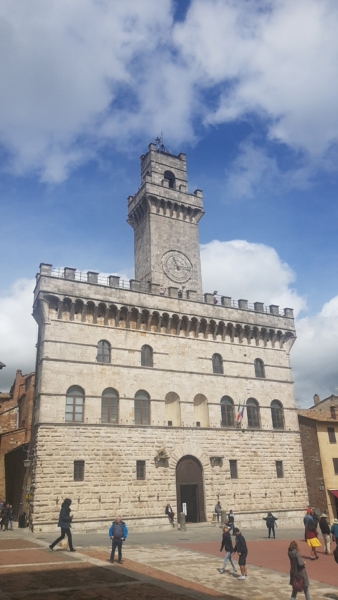Montepulciano nobile wine experience
Page index
Montepulciano nobile wine experience
The Montepulciano Nobile Wine Experience is a must-try for wine enthusiasts. Visitors will be able to taste some of the most delicious and exquisite wines in the world. The winery’s history and the region’s unique terroir will be explored during a guided tour. The winemaking process will be explained in detail, and guests will have the opportunity to see the aging barrels. The vineyards’ breathtaking views will amaze visitors, and they will be able to capture some stunning photographs. In conclusion, the Montepulciano Nobile Wine Experience is an unforgettable journey that will satisfy both your palate and your curiosity about the world of wine.
Nobile di Montepulciano
The history of this wine dates back to the 8th century, and it has since become a symbol of the area’s winemaking tradition. The Nobile di Montepulciano DOCG (Denominazione di Origine Controllata e Garantita) is a prestigious designation given to wines produced in the Montepulciano region, which must adhere to strict production guidelines. The grapes used to make this wine are predominantly Sangiovese, with small amounts of other local varieties. The wine is aged in oak barrels, which gives it a complex and distinctive flavor. Nobile di Montepulciano is a wine loved by connoisseurs all over the world and is often considered one of the best wines produced in Italy.
Prugnolo gentile

Private wine tour Tuscany
The Prugnolo Gentile, also known as Sangiovese, is a red grape variety native to Italy. It has a long history dating back to the 16th century and is considered one of the most important and widely planted grape varieties in the country. The grape is particularly associated with the Tuscany region and is a key component of some of Italy’s most famous wines, such as Chianti and Brunello di Montalcino.
The Prugnolo Gentile grape has been recognized as a DOC (Denominazione di Origine Controllata) since 1980. This means that wines produced from this grape must adhere to strict guidelines to ensure their quality and authenticity. The DOC regulations specify the maximum yield per hectare, the minimum alcohol content, and the aging requirements for different wine styles.
Thanks to its versatility and adaptability to different soil and climate conditions, the Prugnolo Gentile grape has spread to other regions of Italy and even to other parts of the world. It is a grape variety that produces wines with a wide range of styles and flavors, from light and fruity to full-bodied and complex. The Prugnolo Gentile is a true symbol of Italian winemaking and a grape variety that continues to captivate wine lovers around the world.
Historic wine cellars

historic wine cellar Montepulciano
The historic cellars of Montepulciano are an integral part of this tradition, as they represent the essence of the town’s viticulture.
These cellars are often found underground, where the temperature and humidity are perfect for storing and aging wine. Many of them date back to the medieval times, and they have been preserved and renovated over the centuries. They are now open to the public, offering an immersive experience into the world of Montepulciano’s wine-making heritage.
Visiting these cellars is a unique opportunity to discover the secrets of the town’s winemaking process, and to taste some of the best wines in the region. The tour guides are passionate about their craft, and they will take you on a journey through time, explaining the history and evolution of Montepulciano’s wine culture.
In conclusion, Montepulciano’s historic cellars are an essential part of the town’s wine-making tradition, and they provide visitors with a unique and authentic experience. They offer a glimpse into the past, while showcasing the passion and expertise of the people who continue to produce some of the finest wines in Tuscany.
Agnolo Poliziano
Agnolo Poliziano was an Italian Renaissance humanist who lived during the 15th century. He was born in Montepulciano, Tuscany, in 1454 and later moved to Florence where he studied under some of the most prominent scholars of the time.
Poliziano is best known for his contributions to the revival of classical learning and literature during the Renaissance, particularly in the field of Greek and Latin poetry.
His works, including the famous “Stanze per la giostra,” were widely read and praised for their elegance and beauty. Poliziano’s influence extended beyond his own lifetime, as his teachings and ideas were embraced by later scholars and writers. He died in Florence in 1494, leaving behind a legacy of scholarship and creativity that continues to inspire scholars today.
The architecture of Montepulciano

Montepulciano nobile wine experience tuscanyexcursions
The architecture of Montepulciano is a beautiful example of Renaissance style buildings.
The city, located in Tuscany, Italy, has a rich history that dates back to the Etruscan times. The city’s strategic position on top of a hill made it an important stronghold during the Middle Ages. The architecture reflects the city’s history with the use of stone and brick, creating a harmonious blend of old and new.
The city’s main attractions include the Palazzo Comunale, which was built in the 14th century, and the Palazzo Tarugi, a Renaissance building that houses a museum.
The city’s churches, including the Duomo and the Church of Sant’Agostino, also showcase the beautiful architecture that Montepulciano has to offer. Overall, Montepulciano’s architecture tells the story of a city that has withstood the test of time and has a rich cultural heritage that is worth exploring.

 tuscanyexcursions.com
tuscanyexcursions.com






 tuscanyexcursions.com
tuscanyexcursions.com